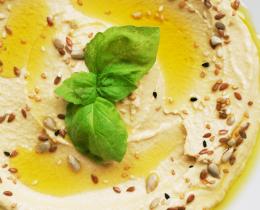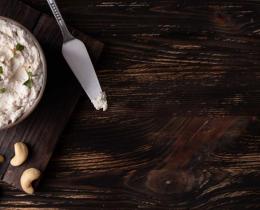Pesto is quick to make and versatile in the kitchen. It can be tossed with pasta, used as a base for dipping vegetables, or added to omelets for extra color and zing. You can make pesto with the last of the herbs in the garden and freeze it for enjoyment throughout the colder months.
While traditionally made with basil, you can up the nutrients in your pesto by adding wild greens that you find in or near your garden. One of those greens is lamb’s quarters (Chenopodium album), an annual plant considered a weed by those not familiar with wild edibles (see photo). It pops out in the spring and grows throughout the summer and into the fall. Its soft green leaves are often compared to spinach, and one of its common names is wild spinach.
“Wild spinach is one of the most nutritious leafy greens ever analyzed, beating out cultivated spinach in fiber, beta-carotene (vitamin A), vitamin C, riboflavin, calcium, zinc, copper, and manganese,” writes author and forager John Kallas in his book Edible Wild Plants: Wild Foods from Dirt to Plate.
If you can’t find lamb’s quarters near you, you can also use chicory or wild mustard greens (especially if you like more spice).
For those intimidated by foraging for greens, make a trip to your local farmer's market and see what unusual greens are for sale.



